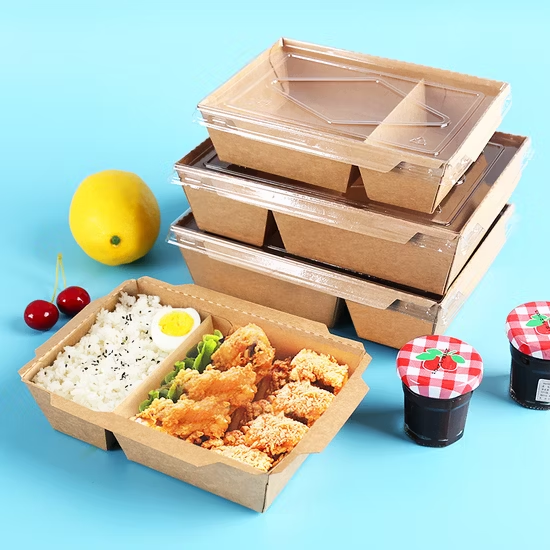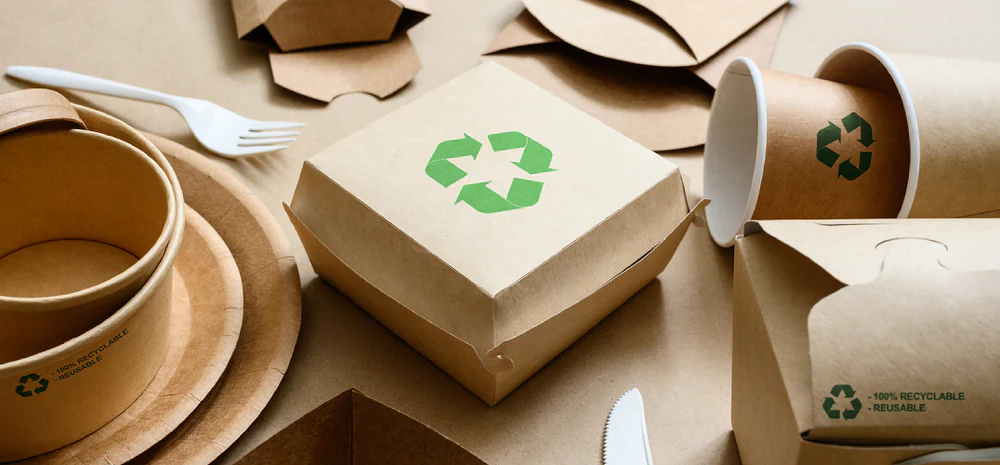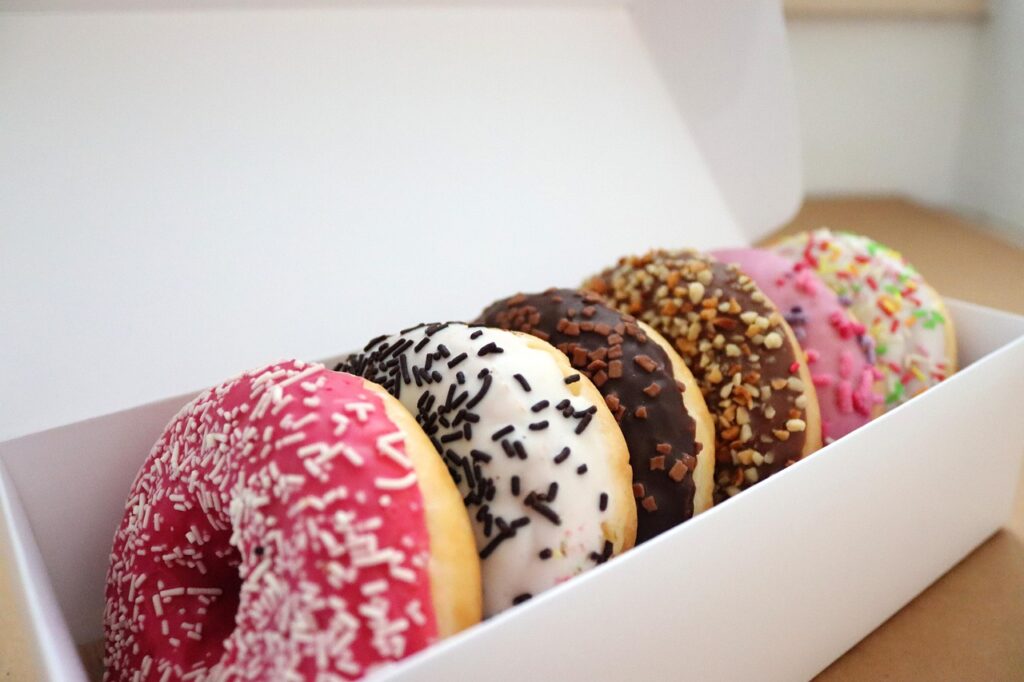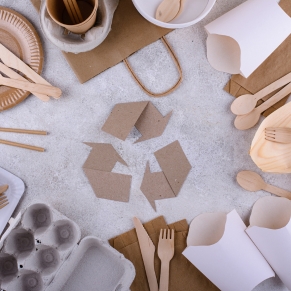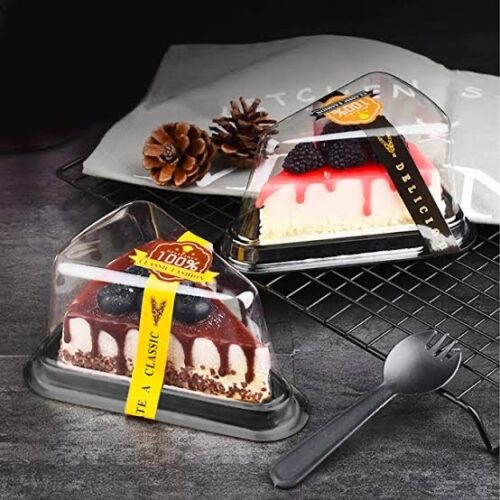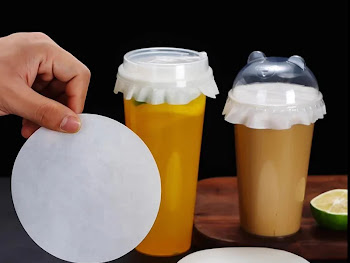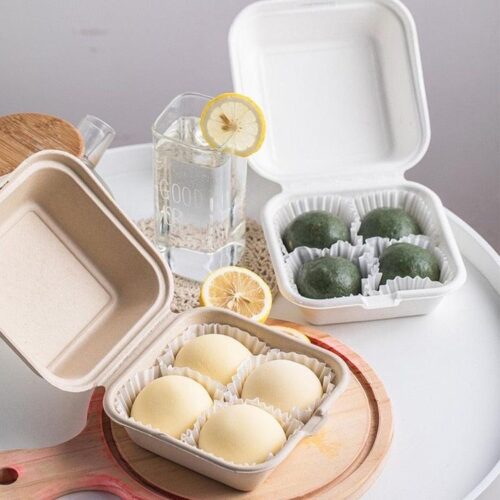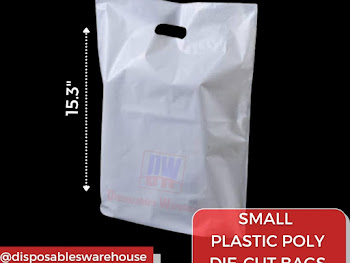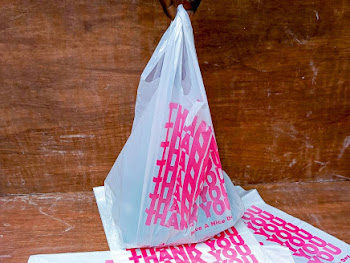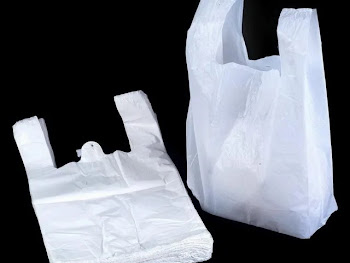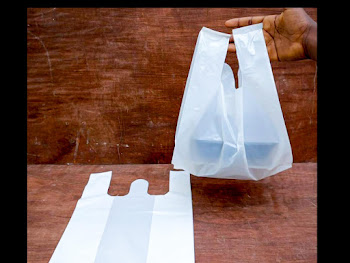In the bustling world of food, packaging is far more than just a container. It’s a silent salesperson, a vital protector, and a key communicator, all rolled into one. For small businesses, truly understanding food packaging and its multifaceted importance is not just an advantage—it’s essential for success, reputation, and customer trust.
Let’s unpack why food packaging deserves your careful consideration.
1. The Core Functions of Food Packaging
At its heart, food packaging serves three critical purposes:
- Safeguard: It acts as a barrier, protecting food from physical damage, contamination (microbial, chemical, or foreign matter), and environmental factors like light, oxygen, and moisture.
- Preserver: Effective packaging extends shelf life by maintaining freshness, inhibiting spoilage, and preserving the nutritional value and sensory qualities (taste, texture, aroma) of the food.
- Information Source: It provides crucial details to consumers, including ingredients, nutritional facts, allergens, expiry dates, handling instructions, and regulatory information.
2. Why Packaging is Paramount for Small Businesses
For small food businesses, the right packaging can be a game-changer, directly impacting your brand and bottom line:
- Building Trust and Reputation: Safe, well-preserved food delivered in reliable packaging builds consumer confidence and enhances your brand’s reputation for quality.
- Ensuring Product Integrity: Proper packaging ensures your hard work in the kitchen translates into a delicious, safe product when it reaches the customer.
- Meeting Regulations: Adhering to food safety and labeling regulations through appropriate packaging is crucial for legal compliance and avoiding costly penalties.
- Standing Out: In a crowded market, unique and effective packaging can differentiate your product and capture consumer attention.
3. Navigating the Layers: Types of Packaging
Food packaging typically involves three distinct layers, each with a specific role:
- Primary Packaging: This is the layer that directly touches the food (e.g., a bag of chips, a yogurt cup, a glass jar of jam). Its main goal is protection and preservation.
- Secondary Packaging: This layer groups primary packages together (e.g., a cereal box containing a bag of cereal, a cardboard tray holding multiple yogurt cups). It provides additional protection and often serves marketing purposes.
- Tertiary Packaging: The outermost layer, designed for bulk handling and transportation (e.g., corrugated boxes on a pallet wrapped in shrink film). It protects secondary packaging during shipping and warehousing.
4. Choosing Your Materials: A Critical Decision
The material you choose for your packaging impacts everything from cost and shelf life to environmental footprint and brand image. Common options include:
- Plastic: Versatile, lightweight, and offers excellent barrier properties. Considerations include recyclability and consumer perception.
- Glass: Inert, non-reactive, and provides a premium feel. It’s recyclable but heavier and fragile.
- Metal: Used for cans and foils, offering superior barrier protection and long shelf life. Highly recyclable.
- Paper-Based: Cardboard, paperboard, and molded pulp are renewable, often recyclable and compostable. Ideal for dry goods or with appropriate liners for moisture-sensitive items.
5. Design That Delivers: Form, Function, and Brand
Effective packaging design goes beyond just looking good; it’s about functionality and brand communication:
- Functional Design: Consider ease of opening, re-sealability, portion control, stackability, and how it protects the product during transport and storage.
- Aesthetic Design: Visual appeal is crucial. Colors, fonts, graphics, and overall layout attract attention and convey your brand’s personality.
- Branding & Marketing: Your packaging is a mini-billboard. It’s an opportunity to showcase your logo, tell your brand story, and create an emotional connection with consumers, making your product memorable.
6. The Imperative of Sustainable Packaging
Today’s consumers are increasingly eco-conscious. Embracing sustainable food packaging is no longer optional—it’s a competitive necessity:
- Eco-Friendly Materials: Opt for recyclable, compostable, biodegradable, or renewable materials.
- Reduced Material Use: Explore designs that minimize material waste without compromising protection.
- Innovation: Stay informed about new sustainable packaging technologies and solutions.
By prioritizing sustainable choices, small businesses can attract environmentally aware customers, enhance their brand’s appeal, and contribute positively to the planet.
In conclusion, understanding food packaging is a journey that encompasses safety, preservation, design, and sustainability. For small businesses, mastering these elements is key to protecting your product, delighting your customers, and building a thriving brand in a competitive market.

